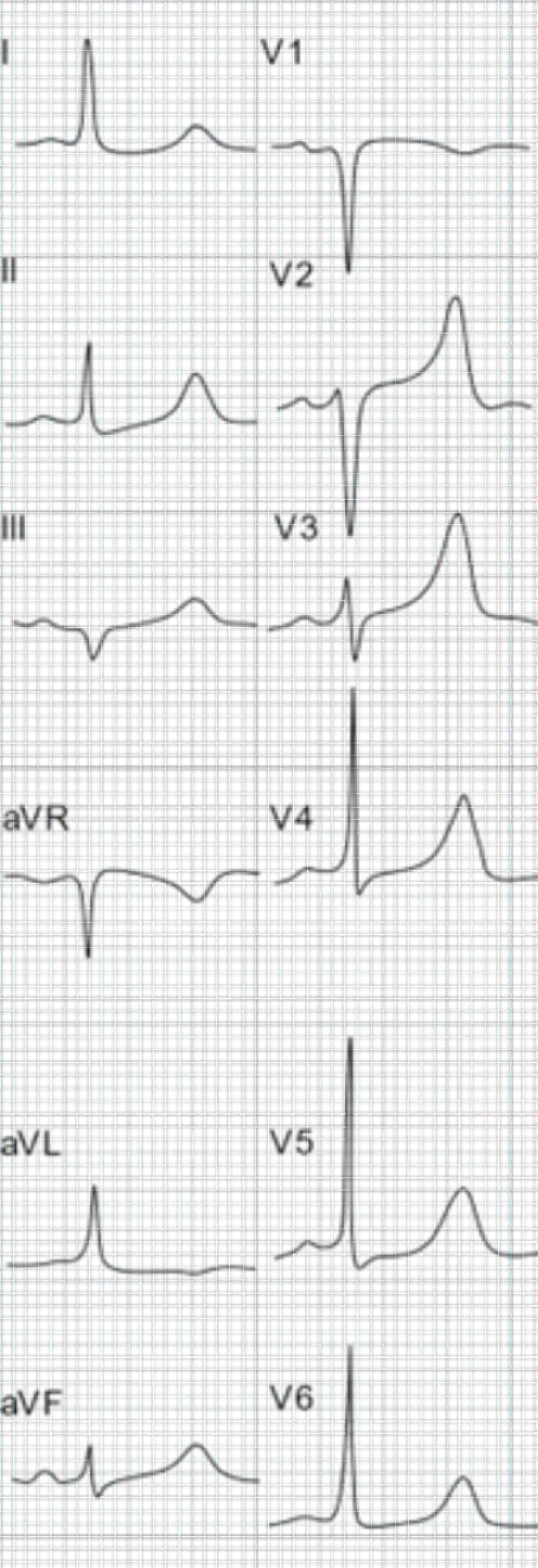Hypocalcemia
Ionized calcium is metabolically active, and normal homeostasis maintains serum calcium concentrations at a very narrow range. Ionized calcium remains relatively stable despite wide changes in total calcium levels. Therefore, laboratories measure ionized calcium and total plasma calcium.
Serum calcium concentration is affected by the parathyroid hormone, vitamin D, fibroblast growth factor 23, phosphate levels, and the calcium ion itself. Hormones such as parathyroid hormone and vitamin D regulate serum calcium concentration from bone, kidney, and gastrointestinal absorption. A hormone called fibroblast growth factor 23 can indirectly cause hypocalcemia if it inhibits renal phosphate reabsorption, which in turn decreases serum phosphate and serum calcium.
The most common causes of hypocalcemia are disorders of parathyroid hormone or vitamin D. Hyperphosphatemia influences the calcium ions to bind within the vascular space; it can also cause calcium ions to deposit into the tissues.
Changes in acid-base disturbances cause alterations within the albumin-calcium complex. Acidosis reduces the binding of calcium with albumin, while alkalosis enhances it, leading to hypocalcemia.
Patients with hypoalbuminemia may have reduced total calcium levels, but their ionized calcium may still be normal. This phenomenon is known as pseudohypocalcemia.
In hypocalcemia, there is a prolonged ST segment followed by a prolonged QT interval. Hypocalcemia does not provoke arrhythmias such as polymorphic ventricular tachycardia. Patients with chronic renal failure present with hypocalcemia and hyperkalemia.
Case 5

Patient With Chronic Renal Failure, Hyperkalemia, and Hypocalcemia ECG
The ECG in figure 6 was taken from a patient with chronic renal failure, hyperkalemia, and hypocalcemia. The ECG shows a sinus rhythm with a normal rate, a QT interval of 500 milliseconds, and an ECG machine QTc recorded at 520 milliseconds. Tall, peaked T waves appear in precordial leads V2 through V6, as well as frontal leads I and aVF.